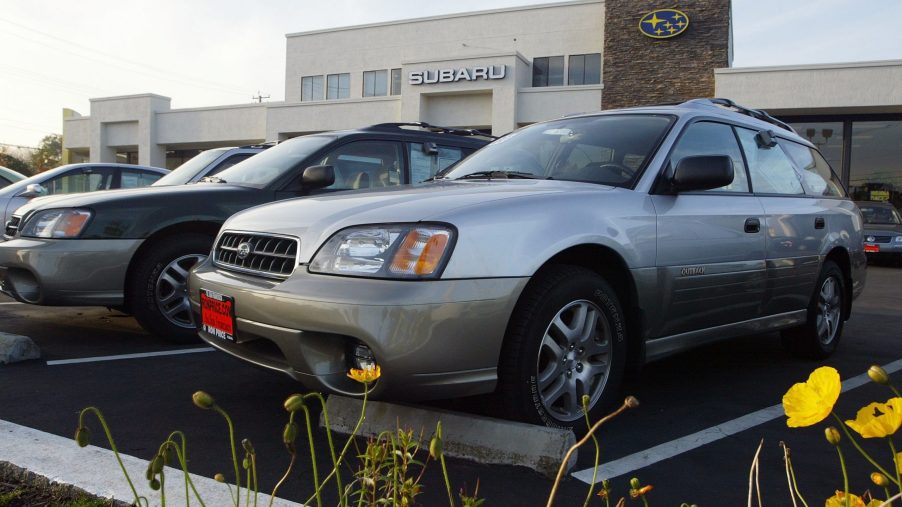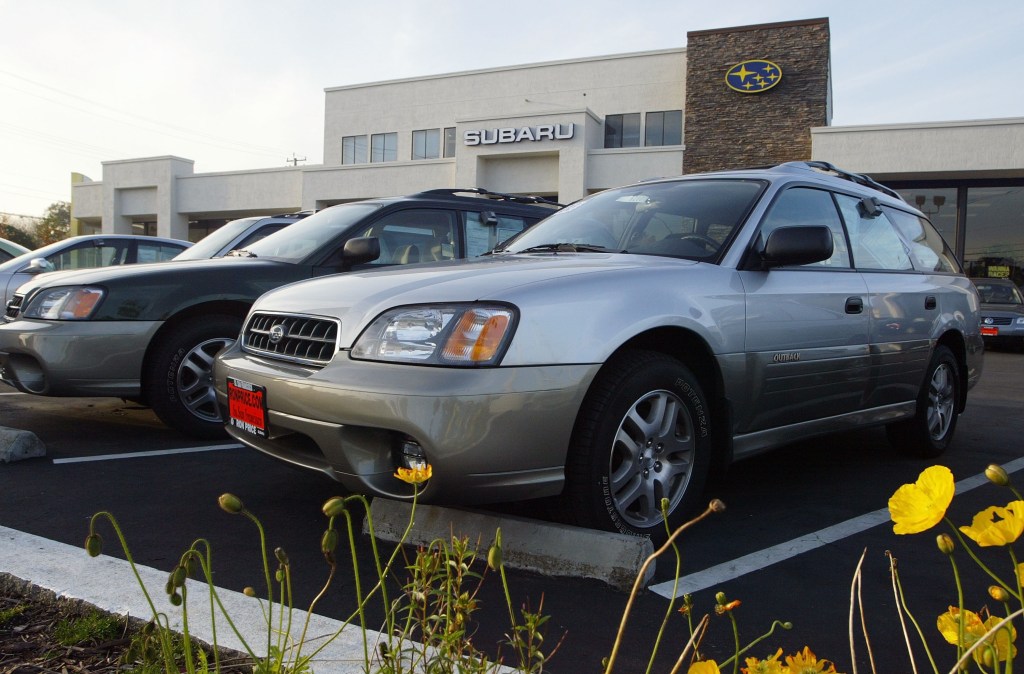
Subaru Offers Some of the Most Reliable and Efficient SUVs You Can Buy
SUVs have steadily grown in popularity over the past two decades, especially those of the crossover lineage. At the beginning of the millennium, crossover SUVs comprised a meager four percent of the market. However, that market exploded to almost 50 percent in 2018. According to Consumer Reports, crossovers (sometimes called “compact SUVs”) have taken market shares equally from all other vehicle segments — including full-size SUVs.
In 1997, before the term ‘crossover’ officially became a thing, Subaru revealed the 1998 model year Forester. So, with decades of experience, it’s no surprise that Consumer Reports listed not one but several Subaru SUVs as the most reliable and fuel-efficient.

Subaru earns more endorsements than just about any other brand
In reality, if we employed the usual means of measuring a vehicle brand’s worth, Subaru shouldn’t even be a thing anymore. Subaru has only featured seven to eight models in its line up for years. Other major manufacturers have 20 to 30 vehicle models available, with single models like the Honda Accord and Toyota Camry outselling Subaru’s entire lineup. Nonetheless, Subaru has managed to earn countless endorsements from authorities on automotive quality and safety.
In past years, Consumer Reports rated Subaru above brands like BMW and Mercedes-Benz in areas such as reliability, comfort, performance, and efficiency. It also published reports touting Subarus as the best-made vehicles in the United States.
The Insurance Institute for Highway Safety (IIHS) once named Subaru’s entire product line as the “top safety pick.” This is a feat no other carmaker ever achieved. In addition to that, ALG listed Subaru as the leading car manufacturer in retained value.
With that said, it’s not that surprising to read yet more praises about Subaru’s reliability and efficiency in Consumer Reports.
Subaru stomped even top-tier luxury SUVs into the mud
If there ever was a mismatch, the 2020 Jaguar E-Pace versus the 2020 Subaru Crosstrek might be it. The E-Pace has a starting MSRP of nearly $40,000 as compared to the Crosstrek’s $22,000. However, the Subaru Crosstrek completely destroyed the Jaguar E-Pace by a 31-point margin according to Consumer Reports!
Other luxury SUVs like the Land Rover Range, Land Rover Discovery, and Acura MDX also scored mid-fifties. But the most outrageously disproportionate example is the $93,200 2020 Cadillac Escalade earning a measly 41 points! Talk about disappointment.
So, how exactly is Subaru able to maintain its vice-like grip in such a tumultuous industry? It’s not as if it offers buyers anything exceptionally unique or amazing. And despite the many endorsements on automotive quality and safety, Subaru only holds a four percent market share in the United States.
Well, the answer lies in the fact that Subaru builds cars that are competitively priced and well-built. Subaru’s design team also seems quite keen on listening and responding to consumer trends. This might be why Subaru hasn’t felt the need to add many new models to its lineup or totally redesign its existing models.
Subaru’s American story is a perfect example of how slow, steady, and consistent is the best approach to take.
Technological innovation is blurring the line between luxury and economy
The first historical example of an off-road “SUV” appeared in the form of the 1978 Jeep Wagoneer Limited. From the start, SUVs were considered a luxury vehicle and mostly featured high-end standard equipment.
The Jeep Wagoneer offered an electric powered sunroof, a vinyl top, bucket seats, air conditioning, as well as the first four-wheel drive. During the same period, the Range Rover was introduced, featuring an aluminum V8 engine, and introduced the first permanent four-wheel drive system.
For decades, SUVs were mostly considered a vehicle for middle-class and upper-middle-class suburbanites. However, advancements in technology made it feasible for carmakers to manufacture entry-level SUVs.
Today, we’re witnessing an era in the automotive industry where technology is blurring the lines between entry-level vehicles and luxury ones. Not only that but the priorities of many consumers have drastically shifted toward things like reliability, utility, and efficiency over extravagance.


